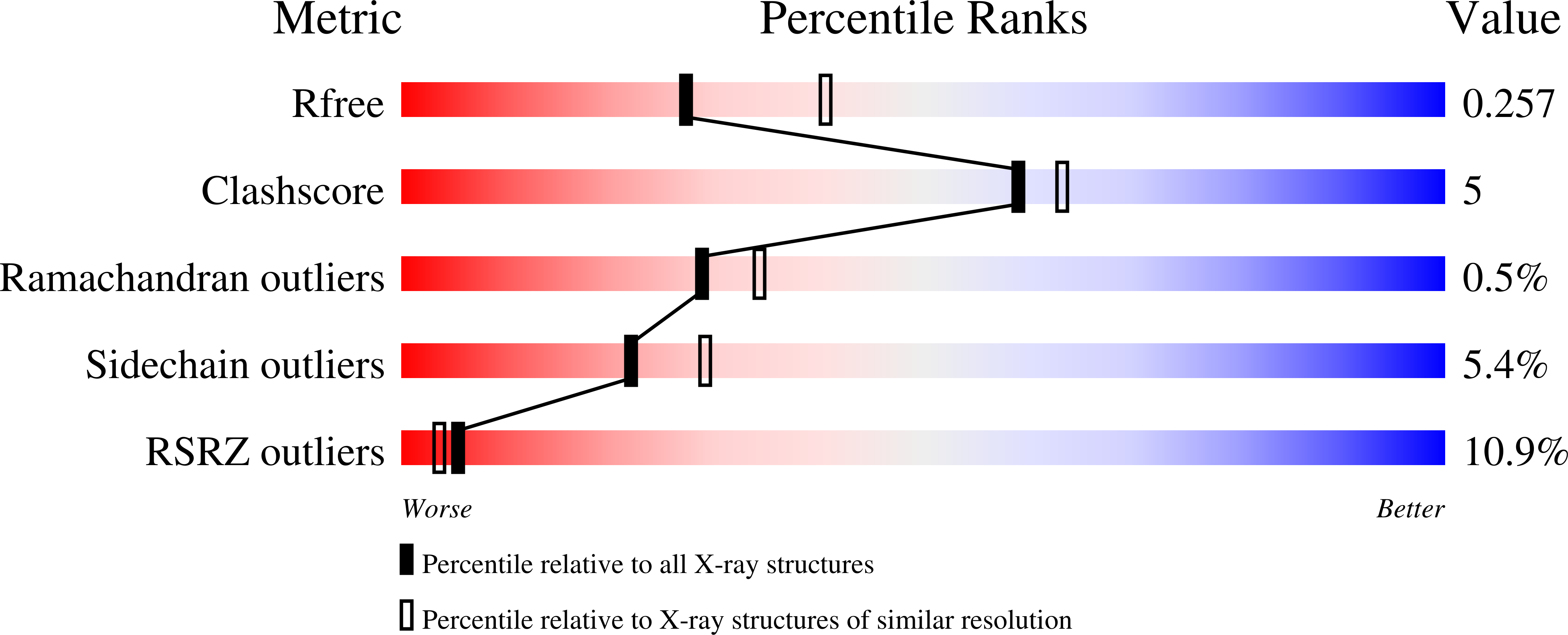
Deposition Date
2022-04-16
Release Date
2022-08-10
Last Version Date
2024-02-14
Entry Detail
PDB ID:
7UPS
Keywords:
Title:
Structural study of Legionella pneumophila effector DotY (Lpg0294)
Biological Source:
Source Organism:
Legionella pneumophila subsp. pneumophila (Taxon ID: 272624)
Host Organism:
Method Details:
Experimental Method:
Resolution:
2.43 Å
R-Value Free:
0.26
R-Value Work:
0.23
R-Value Observed:
0.23
Space Group:
C 1 2 1


